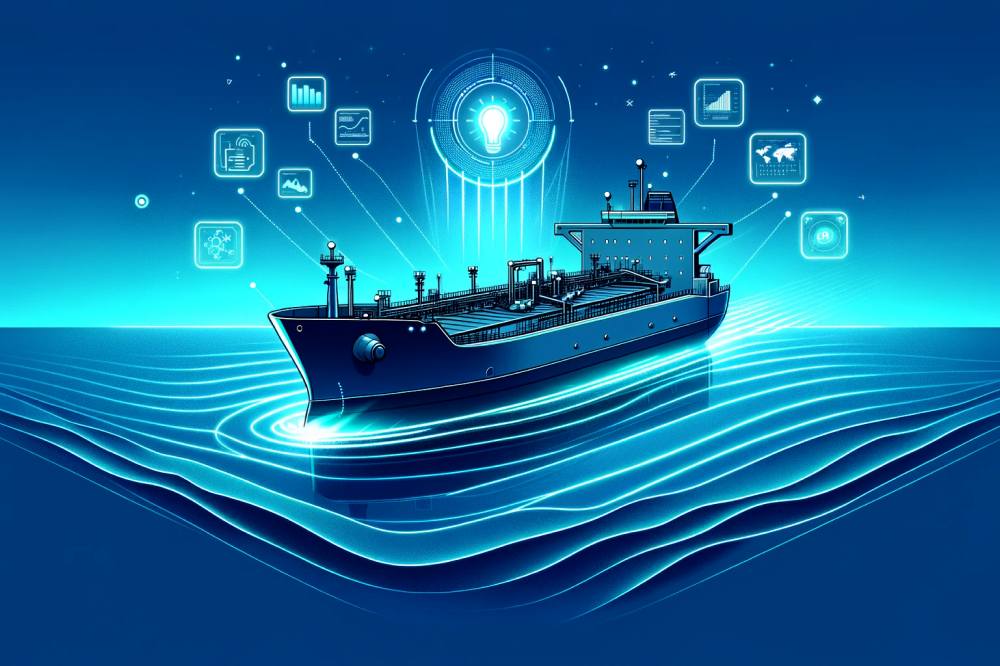
Different types and sizes of Liquefied petroleum gas (LPG) carriers
LPG carriers are vessels made to transport liquefied petroleum gas (LPG).
LPG is Liquid petroleum gas and prepared by refining petroleum or "wet" natural gas, and is almost entirely derived from fossil fuel sources, being manufactured during the refining of petroleum (crude oil), or extracted from petroleum or natural gas streams as they emerge from the ground.
Large exporters of LPG gasses are; Saudi Arabia, Qatar, US and Algeria.
The LPG gasses are used for energy, as petrochemical feedstock and in the agriculture industry.
Different LPG carrier ships based on type
LPG vessels are divided into the three main types:
- Fully pressurized ships
- Semi-refrigerated ships
- Fully refrigerated LPG
Additionally, you have Ethylene ships which are semi refrigerated ships able to transport cargoes at -104 °C.

LPG carriers categorized by size
The most commonly used sub-segments for the LPG carriers:
Handy Gas Carriers
Handy Gas Carriers are LPG vessels of about 15 –25,000 cbm. A diverse segment which includes semi-refrigerated, fully-refrigerated and some larger, pressurized ships that carry a wide range of cargoes such as ethylene, petrochemicals, LPG and ammonia on short to medium-haul routes.
Coasters
The LPG vessels below 15 000 cbm are often referred to as coasters.
Mid-Sizes
These are LPG vessels of about 25,000–50,000 cbm, typically fully refrigerated, carrying ammonia or LPG, on intra-regional routes (e.g. within the Americas or Asia) and medium-haul cross-trades (e.g. in the North Sea and Europe).
Large Gas Carriers (LGC)
LPG vessels of about 50,000–70,000 cbm, mainly carrying LPG and ammonia between ports limitING the VLGC ships to enter.
Very Large Gas Carriers (VLGC)
LPG vessels in the VLGC segment are about 70,000 cbm or above. Many of these vessels are fully-refrigerated and mainly employed on long-haul trade routes, e.g. from Middle East Gulf (MEG) and the United States to Asia.
In Maritime Optima we have used the cubic capacities of the vessels tanks, to divide the vessels into sub segments.

In the map you can view where all the LPG vessels are trading:
















